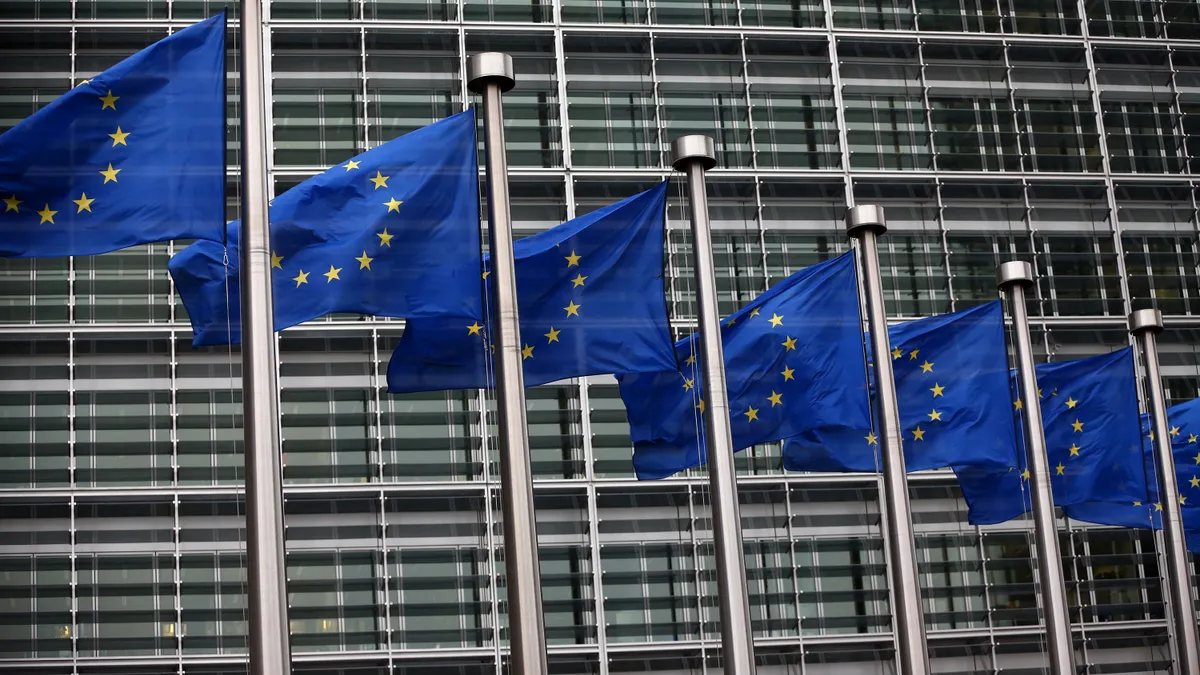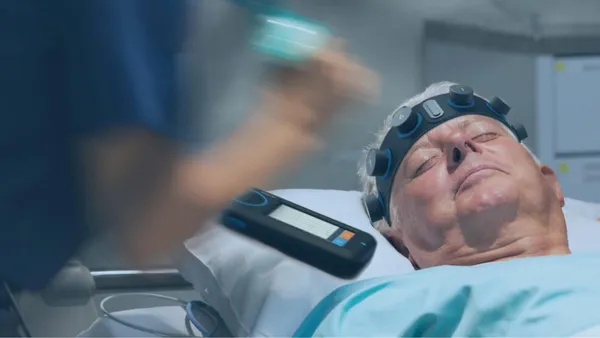Dive Brief:
- The European Commission's medtech advisory group has added guidance documents on legacy devices and Eudamed to the In Vitro Diagnostic Medical Devices Regulation (IVDR) transition plan.
- With the IVDR date of application weeks away, the Medical Device Coordination Group (MDCG) has identified a pressing need for guidance on the regulation of legacy tests that continue to be placed on the market under the old directive and for advice on the transition to Eudamed, a medical device database being implemented as part of the incoming regulations.
- MDCG, which set a second quarter of 2022 timeline for the documents, also used the update to add priority actions for "appropriate surveillance" guidance and a performance study template to the transition plan.
Dive Insight:
The switch to a staggered implementation of IVDR has averted the prospect of the continued shortage of notified bodies disrupting the supply of tests in the European Union, but left other issues unresolved and in some cases amplified. Notably, with the EU pushing back the date on which many in vitro diagnostics companies need to fully comply with the new regulations, many more tests will be put on the market under the old directive than planned originally. It is unclear exactly how the EU will regulate these legacy devices.
As the MDCG advisory group explained in its transition plan, IVDR states legacy devices are subject to the new requirements on "post-market surveillance, market surveillance, vigilance, registration of economic operators and of devices." However, MDCG sees the wording as "rather general," leading it to propose the creation of new guidance on legacy IVDR devices.
MDCG published guidance on legacy MDR devices last year. The group thinks diagnostics need their own guidance document because of "differences between IVDs [in vitro diagnostics] and medical devices (e.g. different classification systems), as well as the different transitional provisions." A consultation on the guidance is underway.
The other big change to the transition plan is the addition of a section and priority action on Eudamed, the medtech database the EU is creating to support the regulations. Because Eudamed will not be fully functional when IVDR takes effect late next month, MDCG said "it would be beneficial to have guidance on harmonized administrative practices and alternative technical solutions for the exchange of information" until the database is ready.
MDCG expects the guidance to enable member states and other stakeholders to meet IVDR obligations effectively "while minimizing any potential additional burden." The group wants the text to "address in particular cases where the exchange of information would be difficult, or even not possible, to achieve in absence of guidance."
As with the legacy device document, the Eudamed guidance is at the consultation stage and has a second quarter publication timeline.
The updated IVDR transition plan also features two new priority actions in existing sections. MDCG is preparing guidance on "appropriate surveillance" by notified bodies for publication in the third quarter. The prioritization of the text reflects a belief that "notified bodies, manufacturers as well as designating authorities urgently need clarity on the meaning of 'appropriate surveillance in respect of all applicable requirements relating to the devices it has certified.'"
Finally, MDCG revealed a draft template for application or notification of performance studies is in preparation for a second quarter release. Ultimately, application and notification will take place through Eudamed.
In the interim, MDCG thinks "a single EU-wide template for this, specifying a common set of elements to be provided and a common format to present them, would be of high added value to streamline the authorization or notification process."











